The Valhalla DLC for God of War Ragnarok is surprisingly vital to the series’ overarching plot, but the story might feel disjointed if you’re coming back to it well after playing the base game. That’s why we’re here to explain the story in a way that’s a little clearer.
What Happens in the God of War Ragnarok Valhalla DLC’s Story? Explained
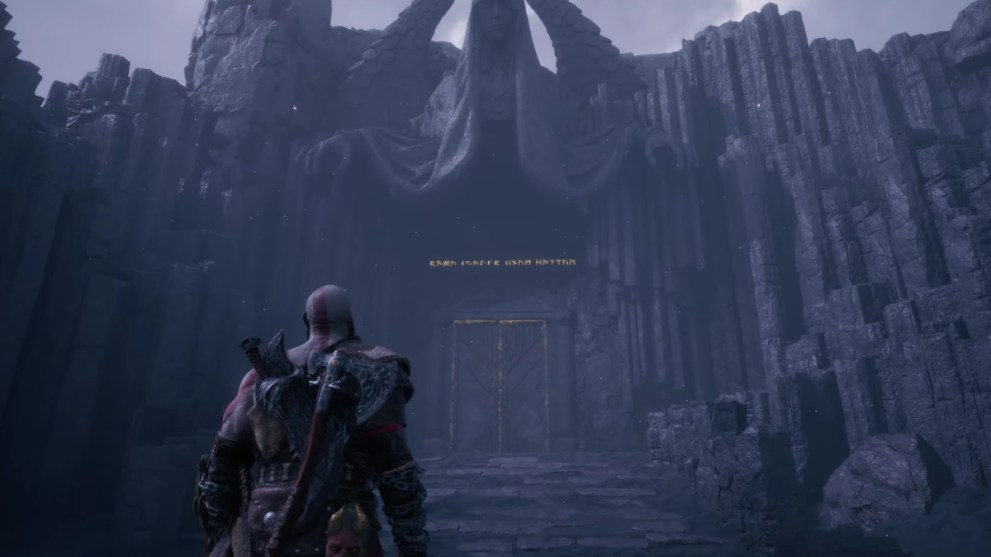
Kicking off a little while after the end of God of War Ragnarok, Valhalla sees Kratos and Mimir invited to delve into Valhalla by an unknown individual. It isn’t immediately clear why this person sent the invitation, but the Ghost of Sparta sees it as a good way to clear his head following an offer by Freya to become the Nine Realms’ new God of War.
After reaching the gates to Valhalla, Kratos forces his way in and is cursed as a result. This quickly results in his demise, but he awakens near the entrance to find Freya, Sigrun, and the other Valkyries investigating the disturbance felt at Valhalla’s gates. Though they scold him for attempting to enter Valhalla at all, they begrudgingly agree to help him uncover who invited him to enter it and why.
They also note that only he and Mimir can enter, as both of them have died before and can technically enter this realm meant for the departed. This likewise means that the Valkyries won’t be able to directly interfere with their attempts to reach Valhalla without suffering dire consequences.
Why Is Helios in Valhalla? Explained

Kratos and Mimir then attempt to enter Valhalla again, and this time they successfully reach a deeper point. As they do though, Mimir is replaced by the decapitated head of Helios, the Greek god of the sun who Kratos killed violently and cruelly in God of War 3. He mocks Kratos and points out his many shortcomings, angering and frustrating him as he pushes further into the trial.
The two then reach a sacrificial chamber with a cage that will ensure the death of the sacrifice-ee. Kratos deduces that he must sacrifice either himself of Helios in order to proceed. He chooses Helios, only to realize that his former enemy has been replaced by Mimir. He then forces open the cage and saves Mimir, but nearly destroys all of Valhalla in the process.
Luckily, the Valkyrie Sigrun saves them, albeit at the cost of being scorched from head to toe for trespassing in a trial meant for the once or currently dead.
Kratos and Mimir then attempt the trial once more, and while Mimir is again replaced by Helios for a time, he returns to Kratos’ side after the Ghost of Sparta sacrifices himself instead. The two are then transported to the end of the trial and meet Tyr, who invited Kratos to take on Valhalla in order to help him come to terms with what he did during his time as Greece’s God of War.
He then challenges Kratos to a fight, which he loses. Kratos is then told to peer into a pool containing memories of his past life. He does so, but is overwhelmed by what he nearly sees.
Why Does Kratos Have to Go Through Valhalla Multiple Times in God of War Ragnarok Valhalla?
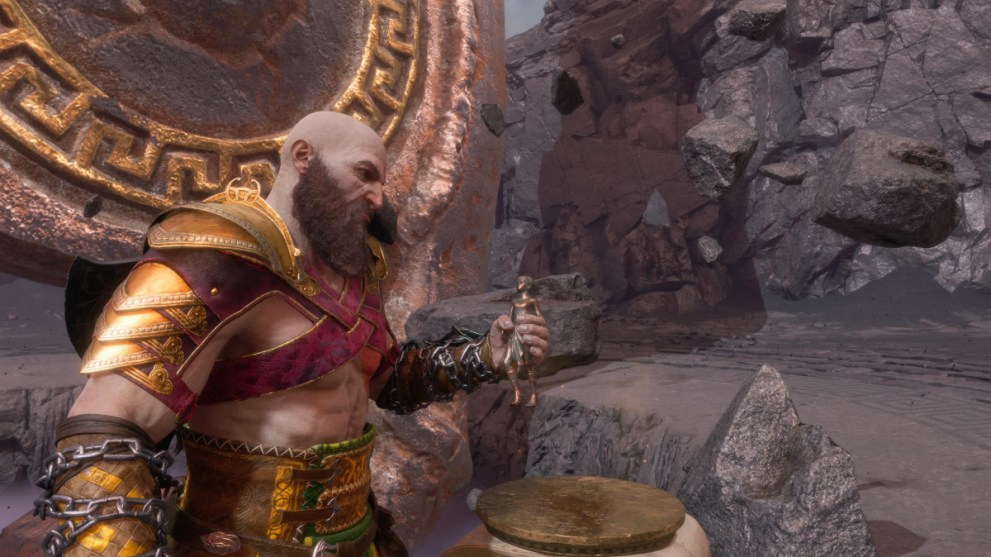
It’s then revealed that Kratos must continue to delve into Valhalla again and again, facing memories of his past until he’s ready to face his past in earnest. This entails not only fighting off manifestations of the many foes he has slain, but also illusions of people he’s killed such as Helios. The latter even voice his deepest insecurities and regrets, doing all they can to dissuade him from his goal.
At the same time though, Tyr and Mimir are there to help him see different perspectives on his past actions. Case in point: While he may have become Ares’ slave in exchange for power, it was in order to save his people from an approaching enemy army. Had he not done so, they would have been wiped out along with the rest of Greece.
After enough attempts, Kratos decides that he’s ready to face the true challenge Valhalla holds for him. After entering its final chamber, he confronts a younger version of himself just as he has sat on Ares’ throne for the first time. While he initially scolds him for his cruel actions, Kratos has the epiphany that he should continue to try and make up for his past mistakes while holding onto the hope that he can be a better person.
His younger self then disappears, and he rests on a new throne for a bit. He then leaves Valhalla, and tells Freya that he will serve the Nine Realms as a god — not as a God of War, but as a God of Hope.
Does Valhalla Set up a Sequel to God of War Ragnarok? Answered

While it is possible to interpret this ending to the DLC and the wider Valhalla story as a teaser for a third entry in the new God of War series, it’s safer to assume that it’s meant to provide closure to Kratos’ character arc across the wider God of War franchise.
While the past two games have focused primarily on redeeming Kratos for his past actions, the DLC ties up his arc by providing importance context and perspectives on his actions. Not only that, but it shows that Kratos won’t ever fully forgive himself for some of his decisions in past games, and merely wishes to do right going forward as opposed to being forgiven for things like killing the Boat Captain repeatedly or beheading Helios.
It’s an epilogue through and through, and while a sequel could certainly be made at some point in the future, it would cheapen the impact of the DLCs ending considerably.
And with that, you’re all caught up on what happens in God of War Ragnarok Valhalla’s story and what it means. For more on the game including a breakdown of its ending, check out some of our other guides and articles down below.

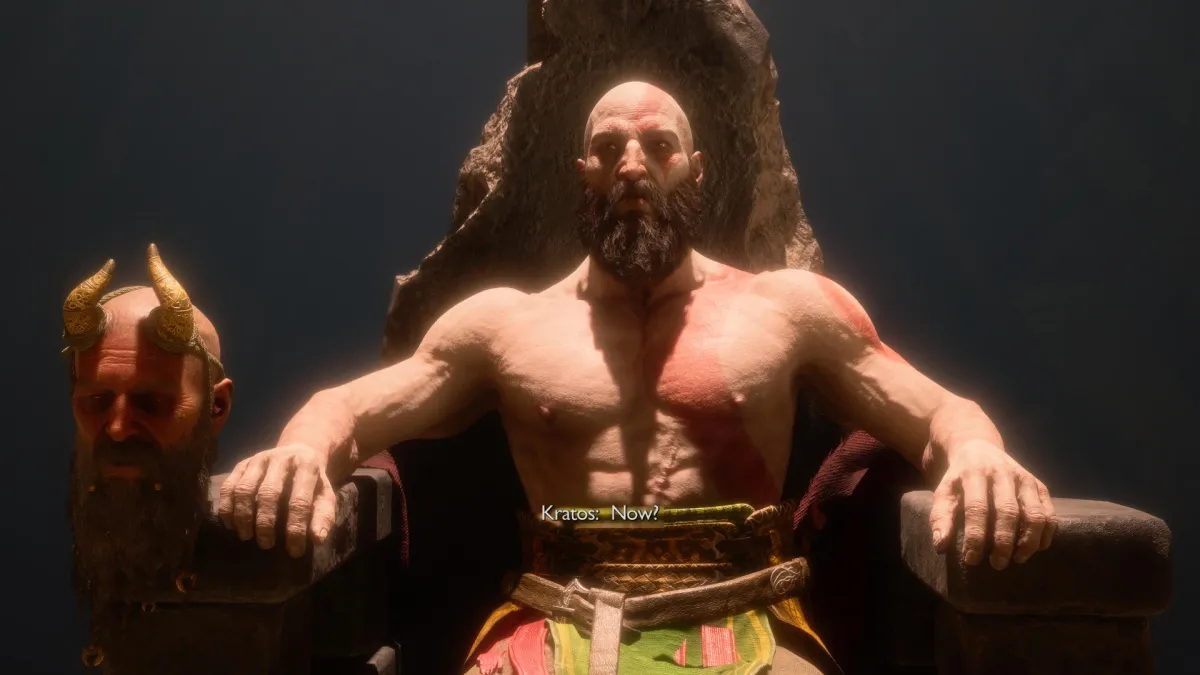
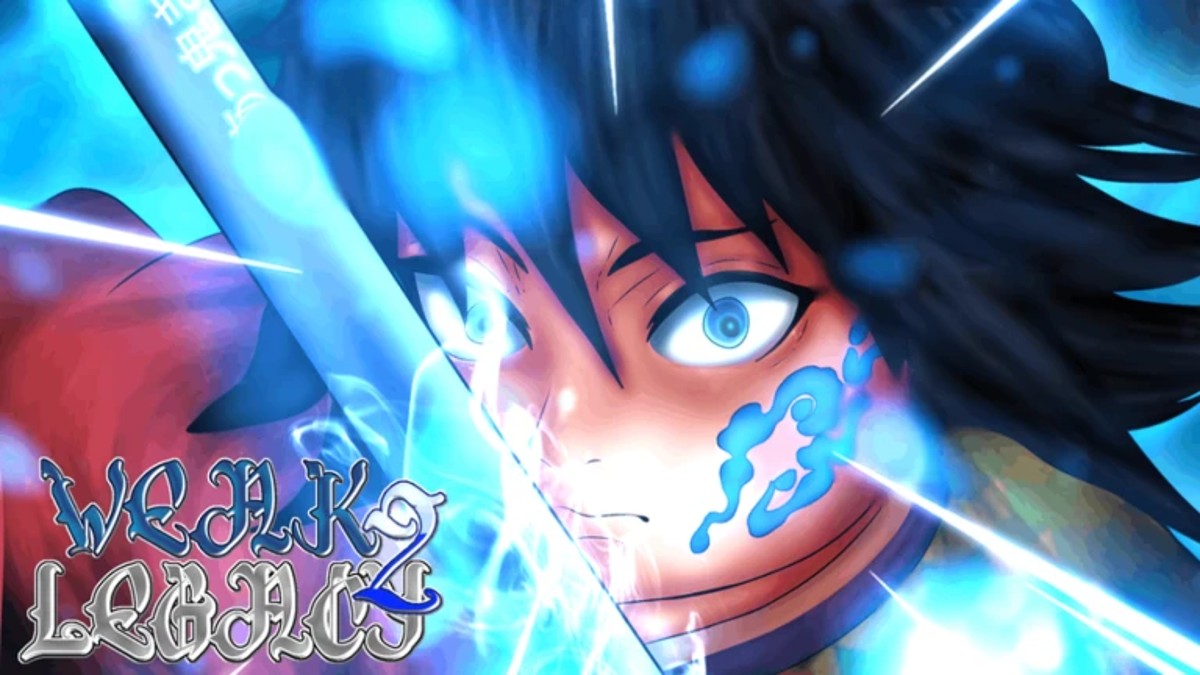
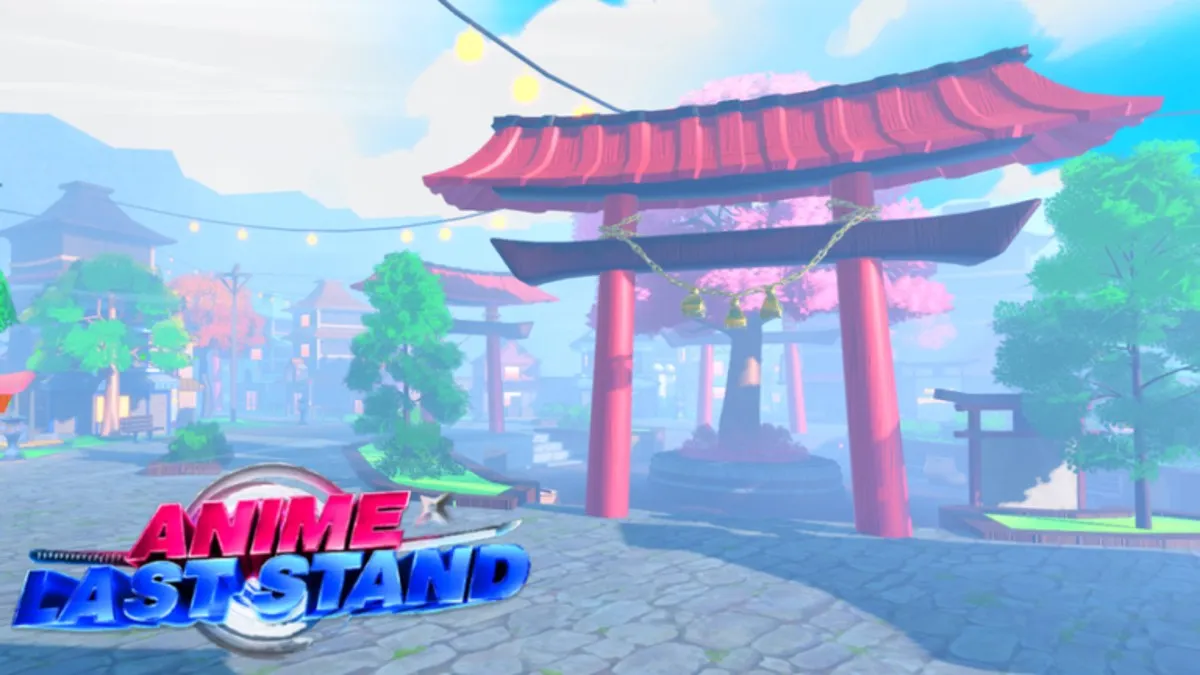
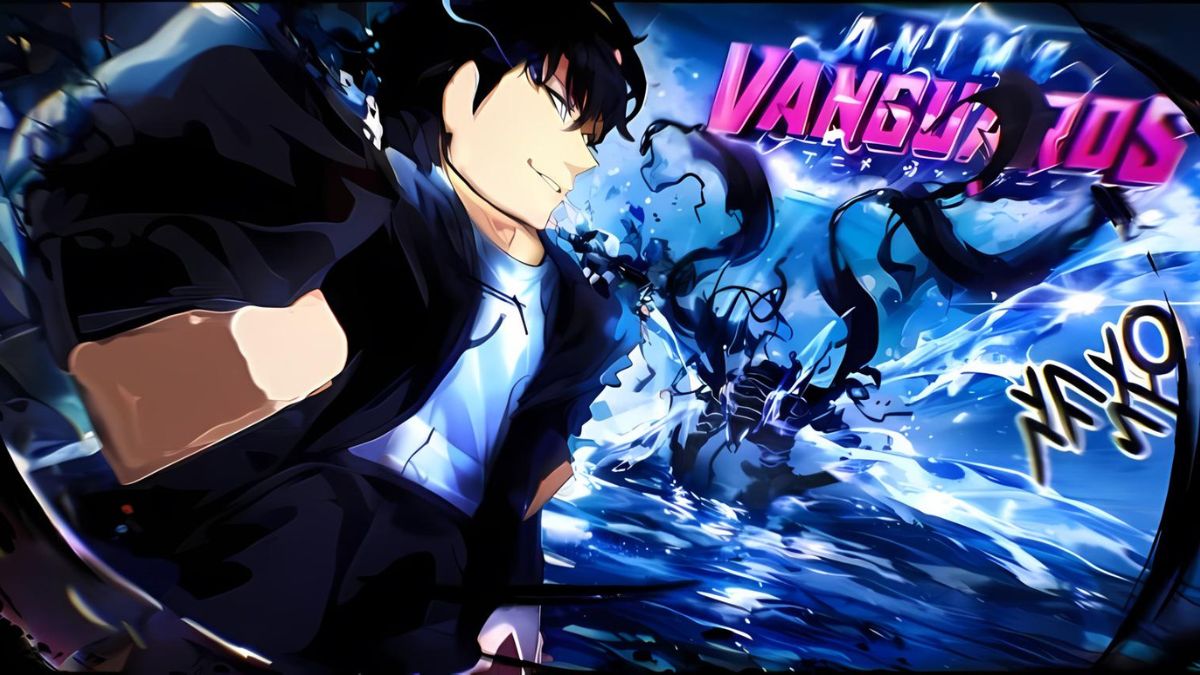
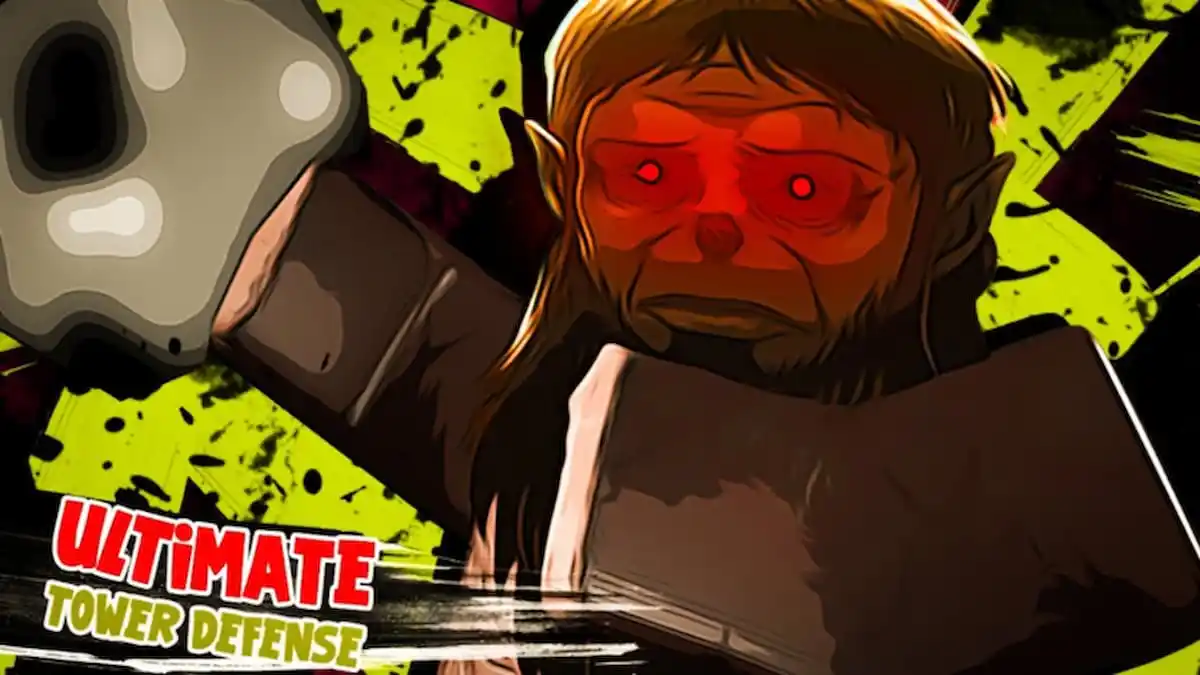
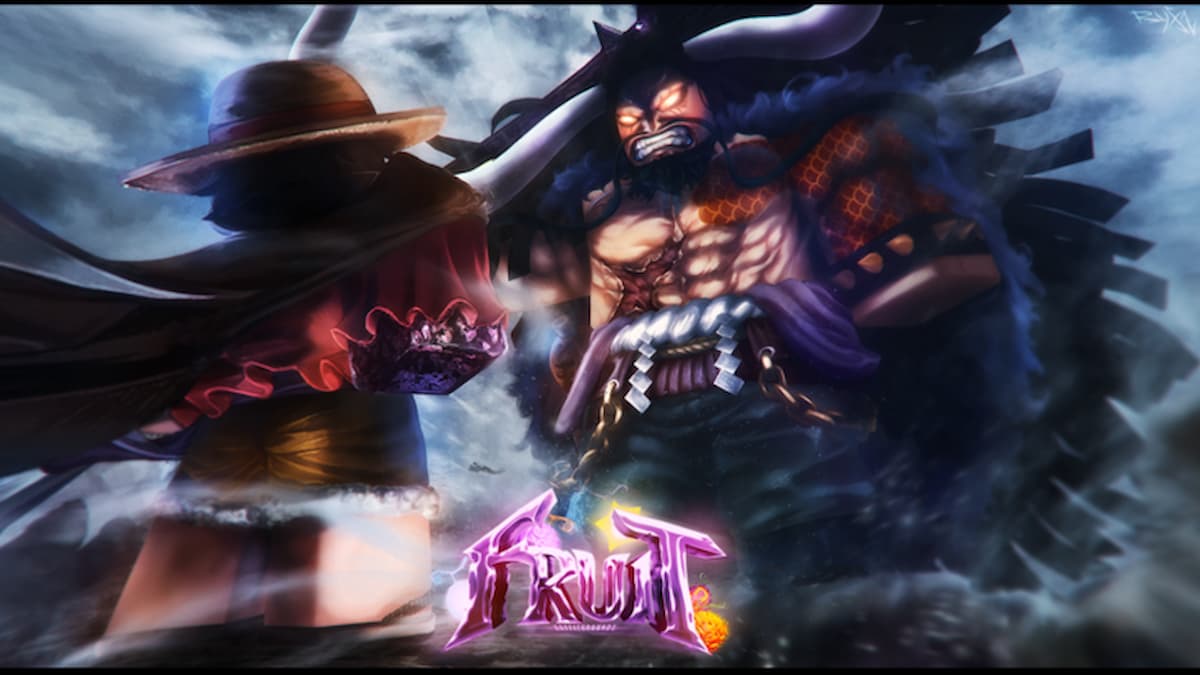
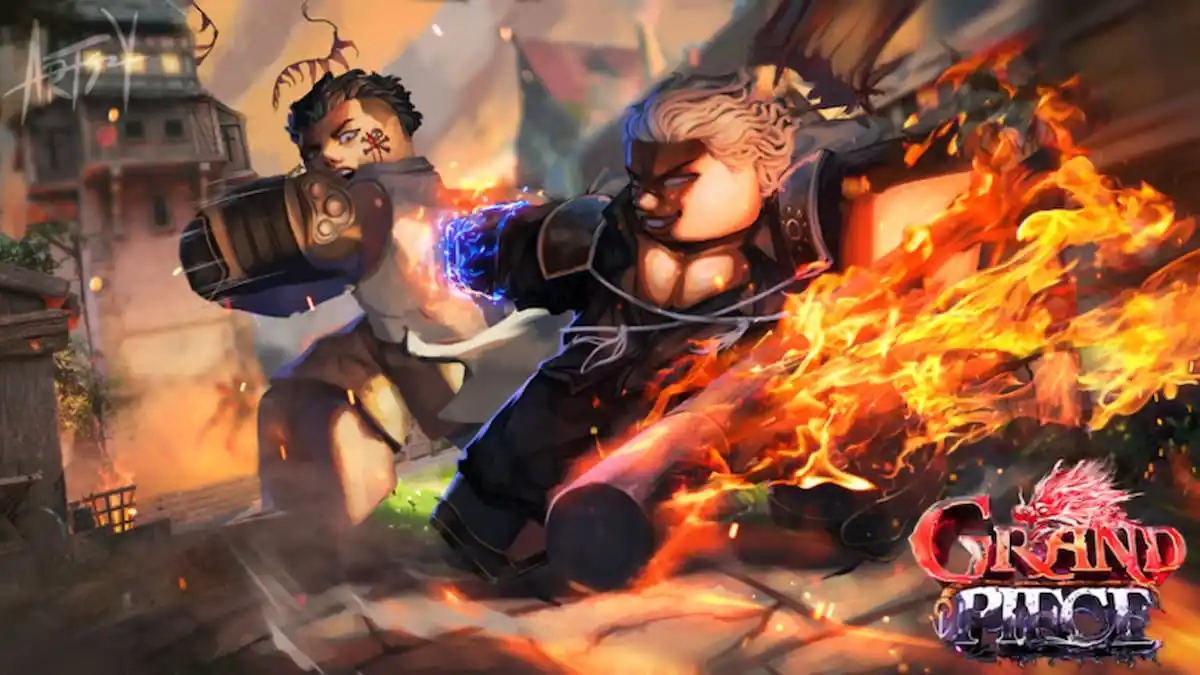

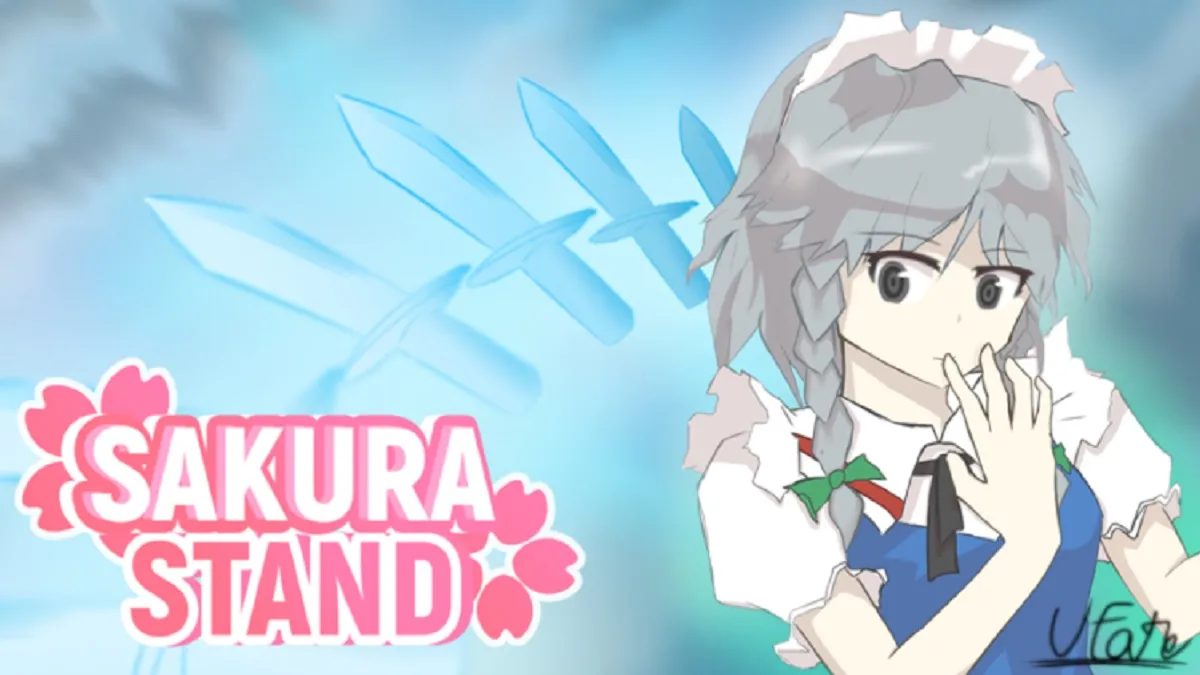

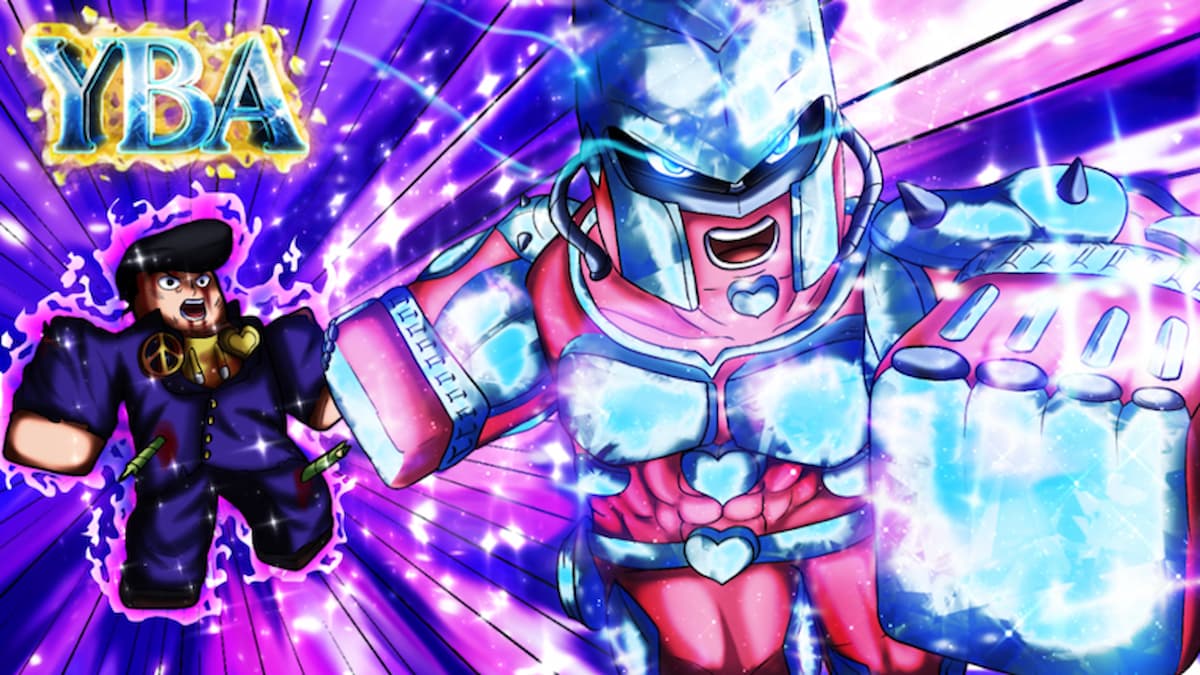
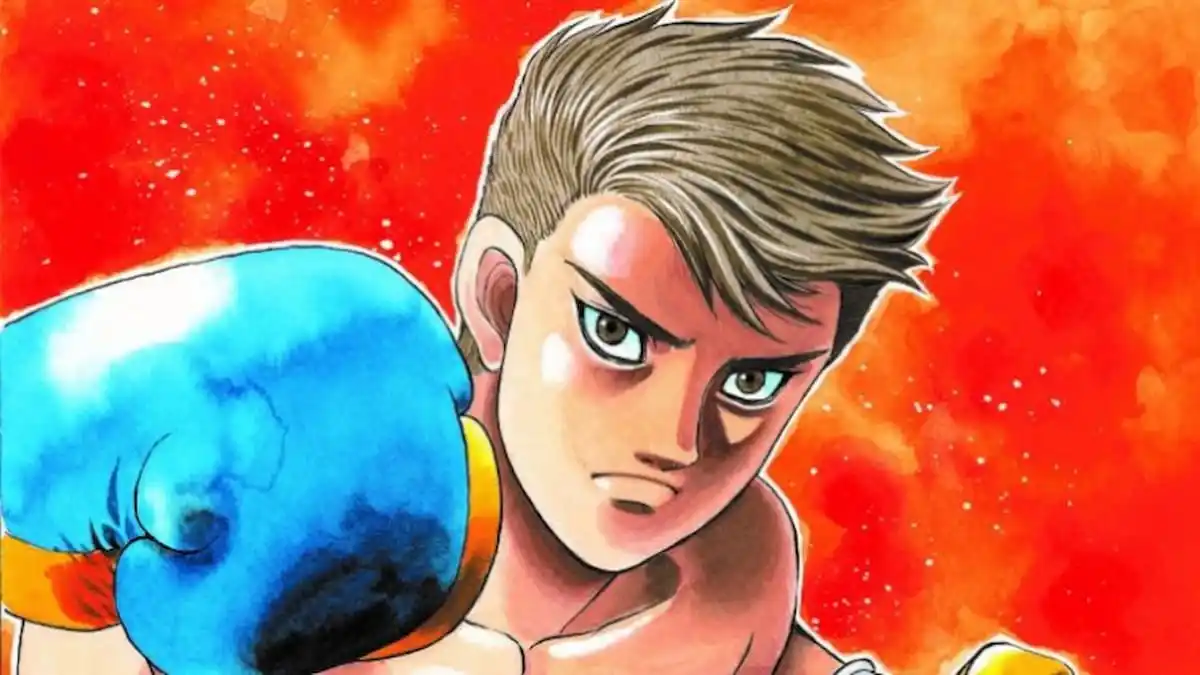
Updated: Dec 14, 2023 03:14 am